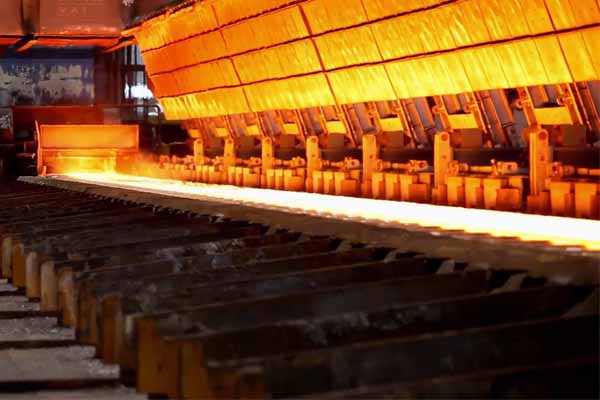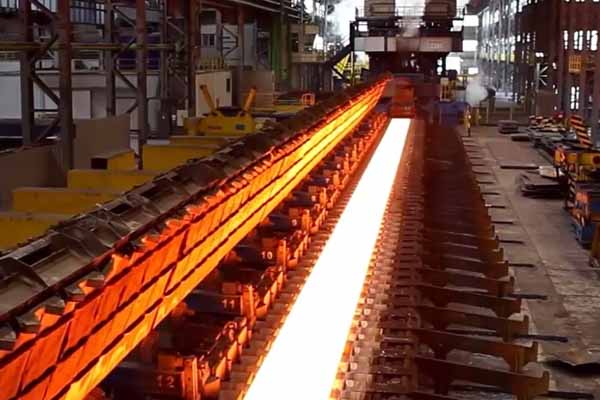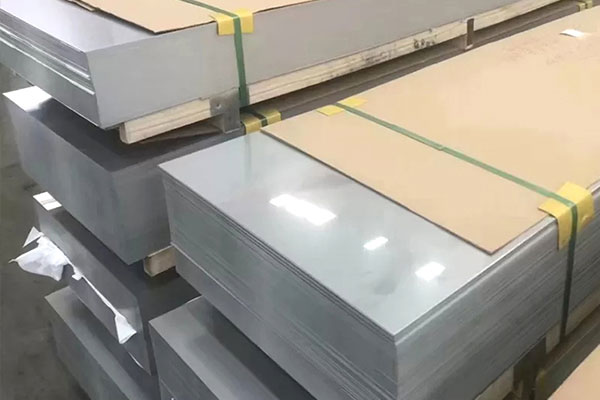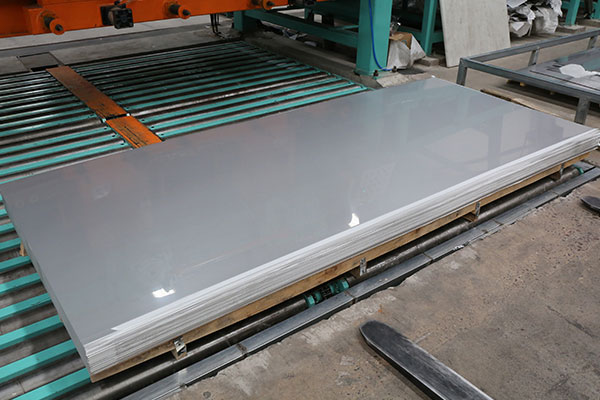Chromium
Stainless Steel is created by mixing iron and carbon with chromium, and sometimes nickel and other alloys. Chromium is the most critical component, essentially you can’t have a stainless steel without the addition of chromium. Stainless steels are first and foremost used for their corrosion resistance, and plays a unique role in metallurgy.
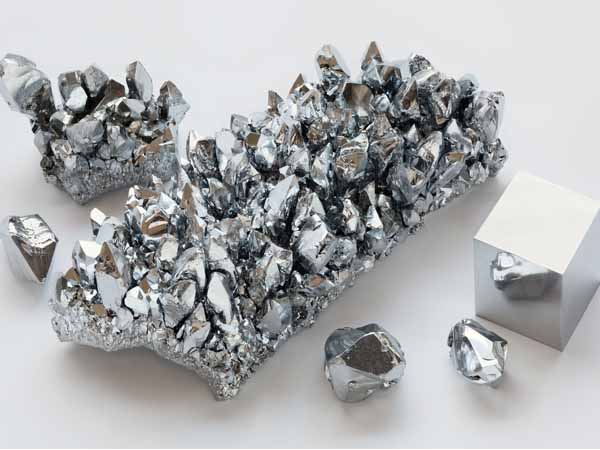
Types of Stainless Steel
There are three main families of stainless steel, including ferritic stainless steels, martensitic stainless steels, and austenitic stainless steels. Commonly known as duplex and precipitation hardening are smaller specialized groups, making up the balance of standard stainless steel grades. Ferritic stainless steels are typically highly corrosion resistant, it is non-nickel bearing metals. Martensitic stainless steel usually doesn’t contain much nickel, but contains a higher amount of carbon and unlike ferric grades, is heat treatable. Austenitic stainless steels contain nickel, and are more formable and ductile than other stainless steels, are the most common.
Typical austenitic or nickel bearing grade is something that might take a lot of deep draw., for example, sink and bowls are quite often made from austenitic steel. Refrigerator panels are often made of simple ferritic stainless steel, because at this time more is needed for the look and feel. In stove parts, muffler systems, or exhaust systems are routinely 409 or 439, temperature resistance comes into play. Different metallurgical alloys and different processes all play a role in determining the right grade to use in meeting the demands of a specific part.
Please note, nickel has a lot of positive benefits, but the price can be extremely volatile in the market, the price of nickel can also factor into grade choice and the use of nickel bearing grades, it creates a lot of uncertainty for the end use. As such, some companies will seek alternatives, hedge their spending to counter wide transaction variances. One of the principle reasons for the growth of ferritic stainless has been to offset nickel price variability, especially when nickel prices topped $20 per pound.
PVD Coating
PVD coating has opened up the door for more design variety, opens up many aesthetic possibilities, it both can maintaining the classic stainless steel look and color the metal. At the same time, anti-fingerprint and antimicrobial treatments can add even more options for the designer. As such, the aesthetics of many commercial and residential kitchens have been based around the classic stainless steel look, if you’re handling food, it usually is on a stainless steel surface. In addition, stainless steel can also be polished into a mirror-like finish, it is often used in food display cases.
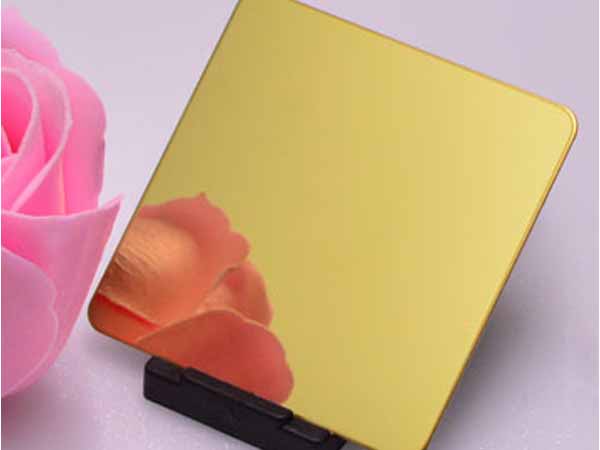
Working with Stainless Steel
When working with stainless steel, such as stainless steel plate, coil, strip, it is very important to keep the production process clean, without nicks and dents damaging the surface, and without exposing the metal to carbon contamination. For example, a little particles of iron can can contaminate stainless steel, wreak havoc on the end use, resulting in rust or pitting. To ensure the ultimate quality of the end product, either use dedicated tooling and equipment, or have detailed cleaning procedures and audits.
 English
English Русский
Русский



